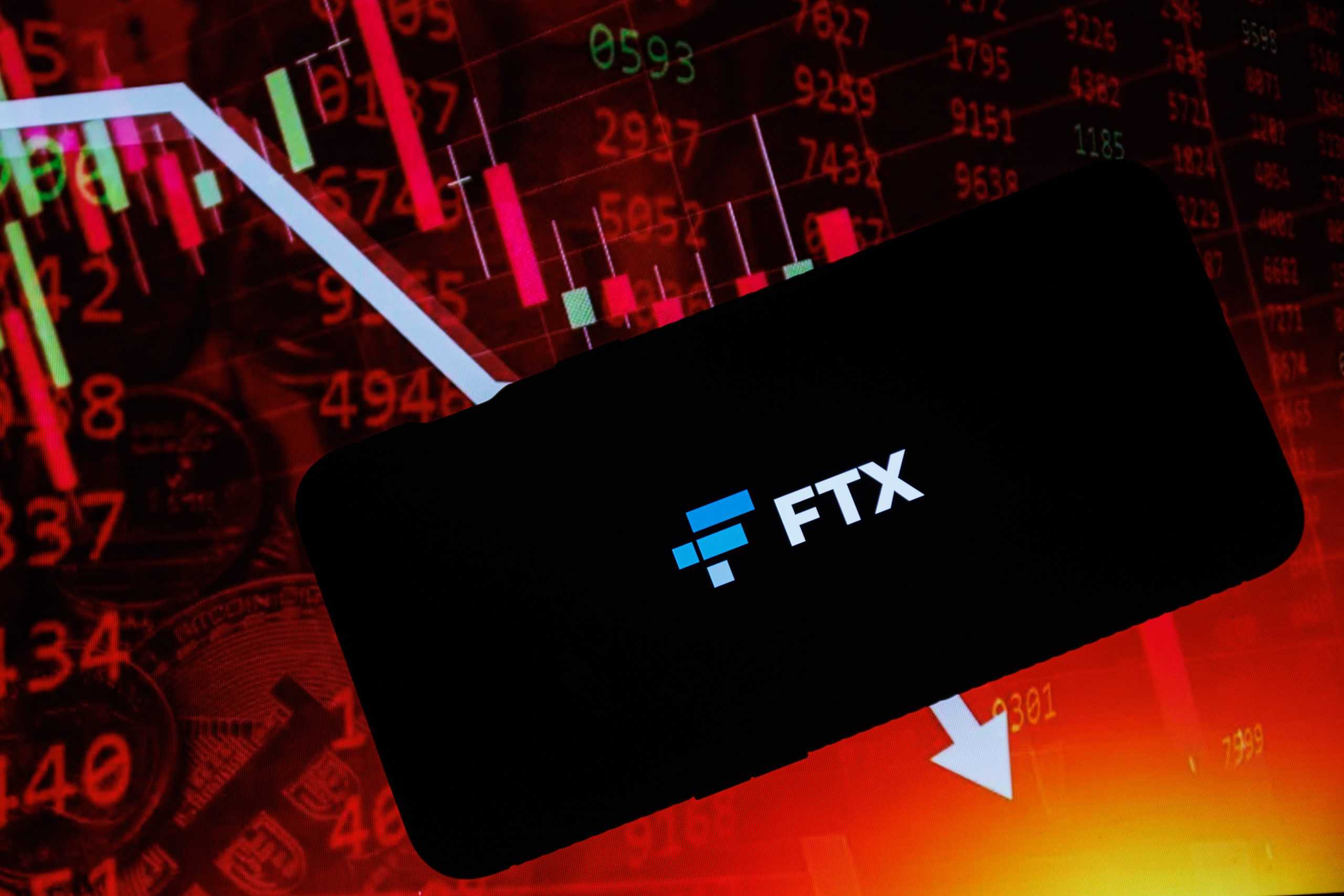
The Term “DeFi”, an abbreviation of decentralized finance, indicates those exchanges which do not entertain any intermediary to manage the crypto transactions. They depend upon technology to take over and allow users to manage their transactions and dealings. DeFi is considered a better method because of its characteristic of ensuring the protection of the personal data and funds of the users against leakage and misuse. Ethereum, Kyber, Totle, MakerDAO and Smart Contracts are such platforms which execute transactions automatically once the conditions are fulfilled. Since the system is automatic, the users remain well assured that their transactions may not fail and will be properly executed. Even joining a DeFi exchange does not need any permission, any user can join it at any time convenient to him. But it does not provide the facility for cross-chain exchange, it is unable to ensure the interoperability of multi-cryptocurrencies. As against DeFi, Centralized Finance (CeFi) Exchange works as an intermediary to manage the transactions and activities of the users for their cryptocurrency.

Practically, both types of exchanges wish to serve their users but with different technologies and ways of execution. Libra, Coinbase, and Binance are CeFi exchanges. Under this method, the clients create their accounts with the Companies and use the platform to transfer and receive funds, crypto trading, lending, borrowing, margin trading and conversion of fiat currency to cryptocurrency and cryptocurrency to fiat currency very easily and seamlessly. The success of one CeFi depends upon the number of services it provides and accordingly the number of clients goes up. Over the period, such companies have gained the confidence of their clients and get personal information from them in trust. However, the possibility of leakage of data or cyber-attacks can not be ignored at all.
Further, CeFi exchange supports cross-chain exchange for multiple cryptocurrencies even though they have been generated on individual blockchains. This way, they display the interoperability of cryptocurrencies.
DeFi exchanges are getting more popular day by day after the innovations like yield farming which allows everyday users to have unprecedented interest in their crypto assets. Presently, various kinds of borrowing and lending protocols are there in the market competing with each other for providing meteoric yields at the rate of double/triple-digit interest rates. Earlier, it was not expected that the growth would sustain itself but it did not look back.
Though different DeFi app promises a better future, they are not able to provide a straight path from Point A to Point B. They are shadowed by the centralized exchanges, wielding outsized influence and impact within the cryptocurrency and blockchain space. The centralized exchanges provide a comprehensive suite of financial products with the facility for the buyers to buy, sell, trade, choose options and futures trading, loans and earn passive income with a one-time log-in. They are accessible through a web browser, desktop or mobile app. But the facility of maintaining privacy for the users by the DeFi exchanges puts them ahead of CeFi exchanges.
How FTX Fallout Affects Regulation in Cryptocurrency
FTX was the second-largest and fastest-growing crypto exchange in the world. It was valued at $32 billion in January this year. Its downfall was triggered by the report of the cryptocurrency news platform CoinDesk, saying that Alameda, a crypto hedge fund which was owned by Sam Bankman Fried, the founder of FTX, held billions of dollars of FTX’s currency tokens – FTT.
Alameda was one of the main traders and market makers on FTX and the fund used FTT as collateral to lend. The funds from Alameda were used to jack up the prices of FTX and reports also began surfacing about fraud and misappropriation of investor money held at the exchange.
When Binance considers the proposal of taking over FTX, the disturbing events leading to the potential bailout of Sam Bankman-Fried’s exchange by rival CEO Changpeng (CZ) Zhao the CEO of Binance made the crypto community worried. As word spread, the token’s value went down from $22 towards the beginning of November to $1. It caused turmoil amongst FTX customers, withdrawing funds which created a liquidity crisis until FTX declared insolvency.
The market capitalisation for cryptocurrencies went down by 15 per cent at $887 billion and most cryptocurrencies were in the red. Bitcoin, the most popular cryptocurrency, was also down by 17.9 per cent in one week, and Ethereum was down by 19.1 per cent.
Solana, which was considered the most promising cryptocurrency for the future, came down by 95 per cent from its all-time high price reported.

Since FTX was a significant crypto exchange, and FTT was popular among investors, many people who had invested in the platform were not able to digest the large losses. Its crisis required to have a regulatory system for the prevention of unfair trade practices and to ensure virtual assets service providers protect the users’ assets by not issuing tokens.
During a meeting of South Korea’s National Assembly Regulators stressed the need to have a regulatory framework in place, considering the failure of the multi-billion dollar cryptocurrency exchange FTX.
South Korea’s government officials are now busy drafting a comprehensive regulatory framework. It is expected that a Digital Asset Basic Act, can be finalized next year.
The US and other Governments are developing CBDCs. Some governments are piloting digital currency mechanisms in their respective countries. Some countries are creating Stablecoins to be piloted by financial services firms, such as Wells Fargo Digital Cash, JP Morgan’s JPM Coin and Facebook’s Libra, for peer-to-peer transactions, to avoid slower and more expensive financial networks like SWIFT.
However, it is also certain that stablecoins will also have to meet several regulatory conditions eventually. Not only this, the backing of the stablecoin has to be regulated. There shall be some more changes like attestations to be replaced by continuous audits, or the equivalent of the backing assets, and consumer protections will have to be put in place



